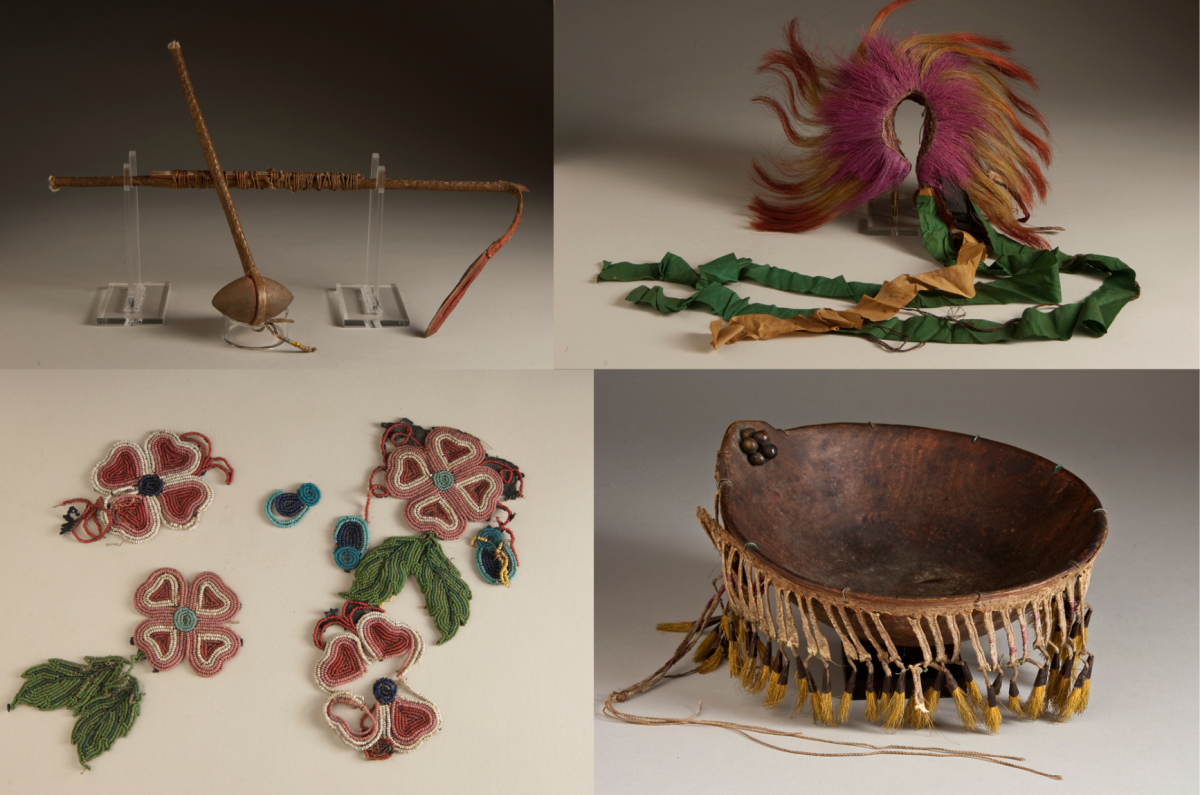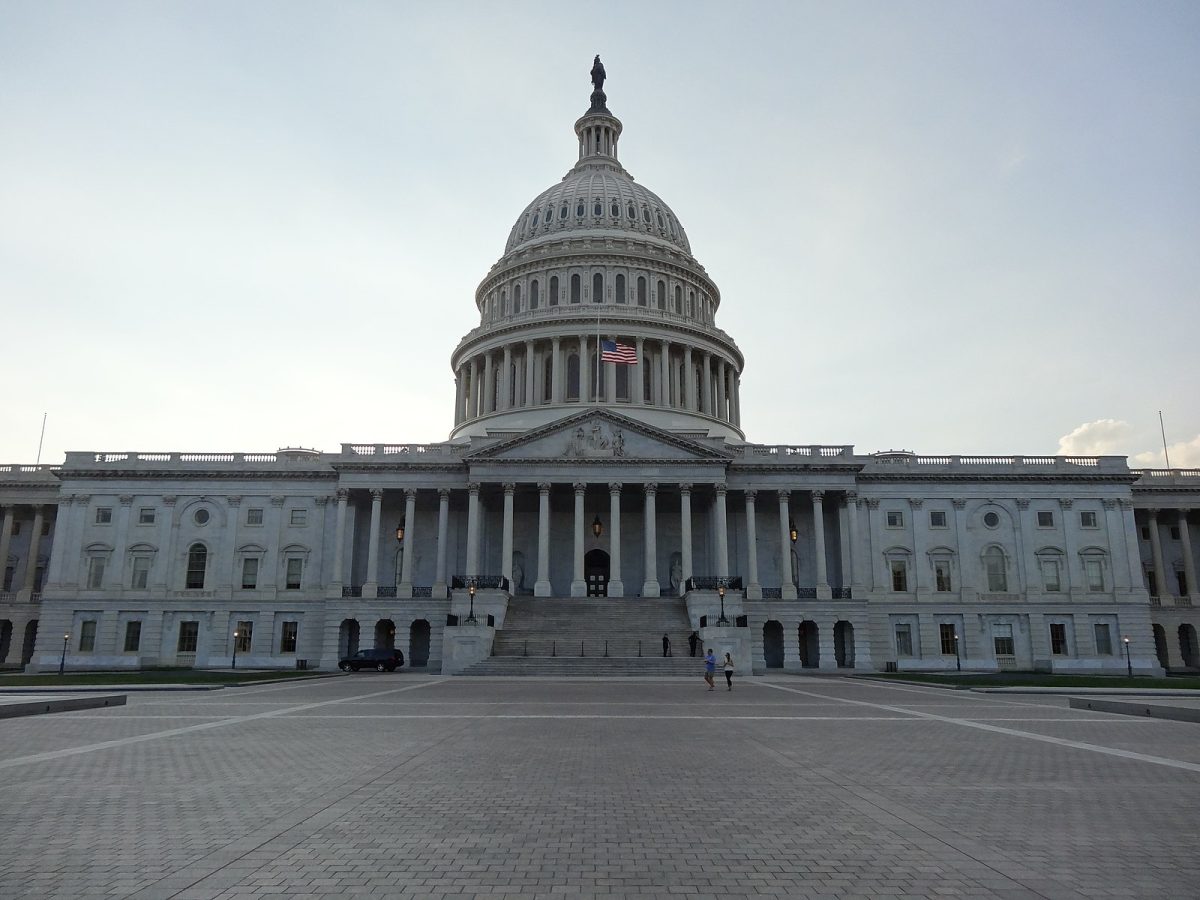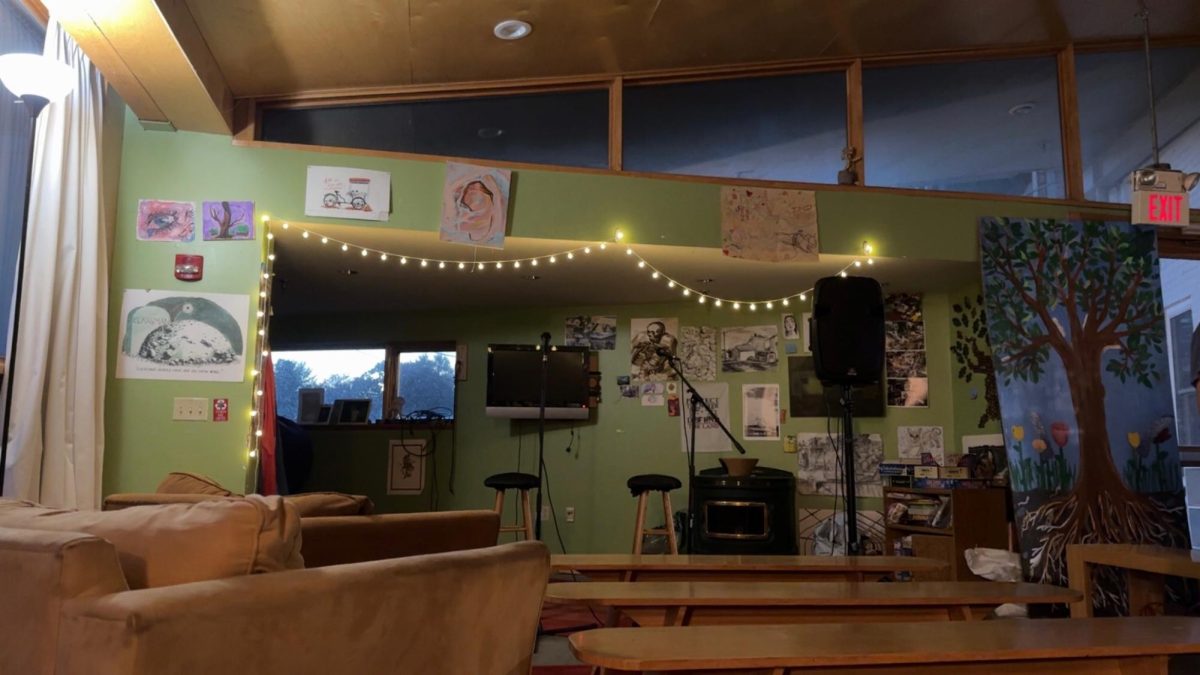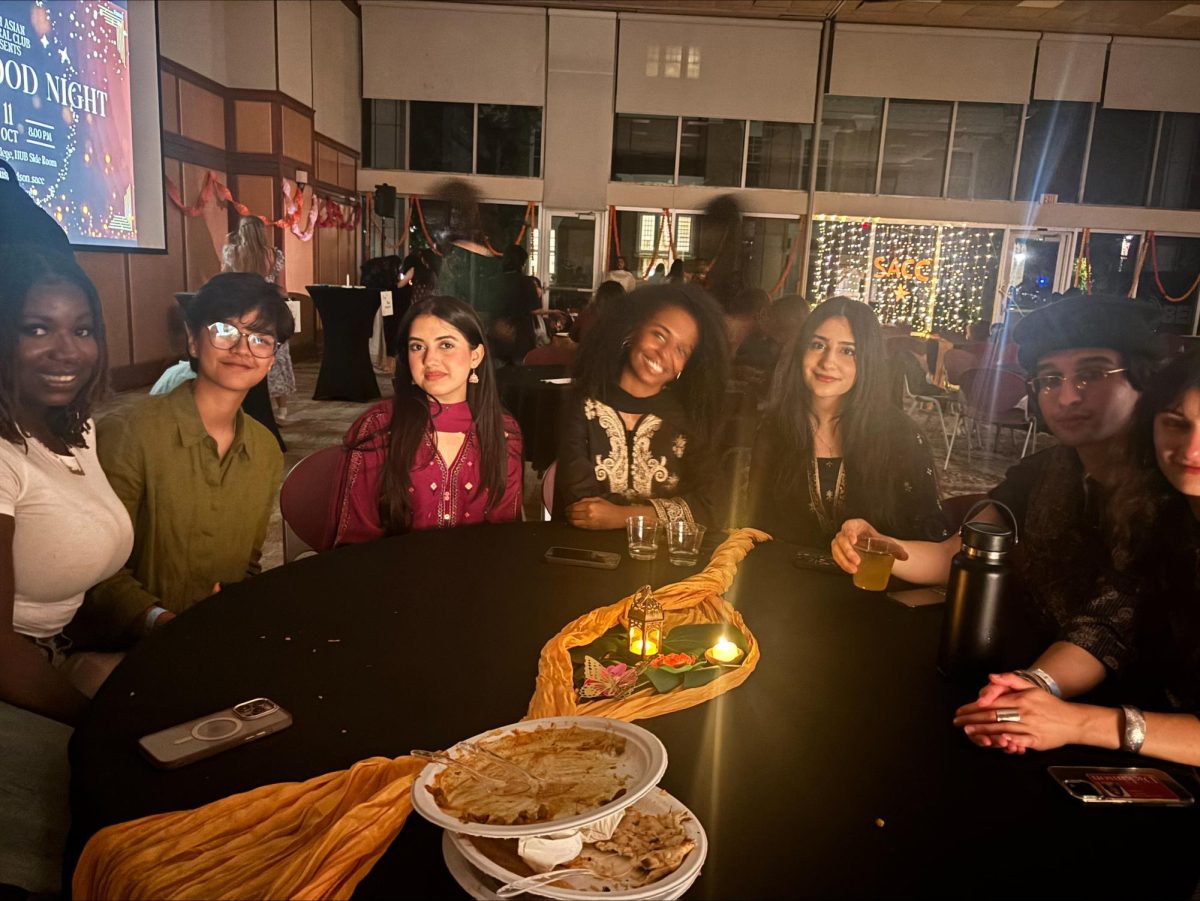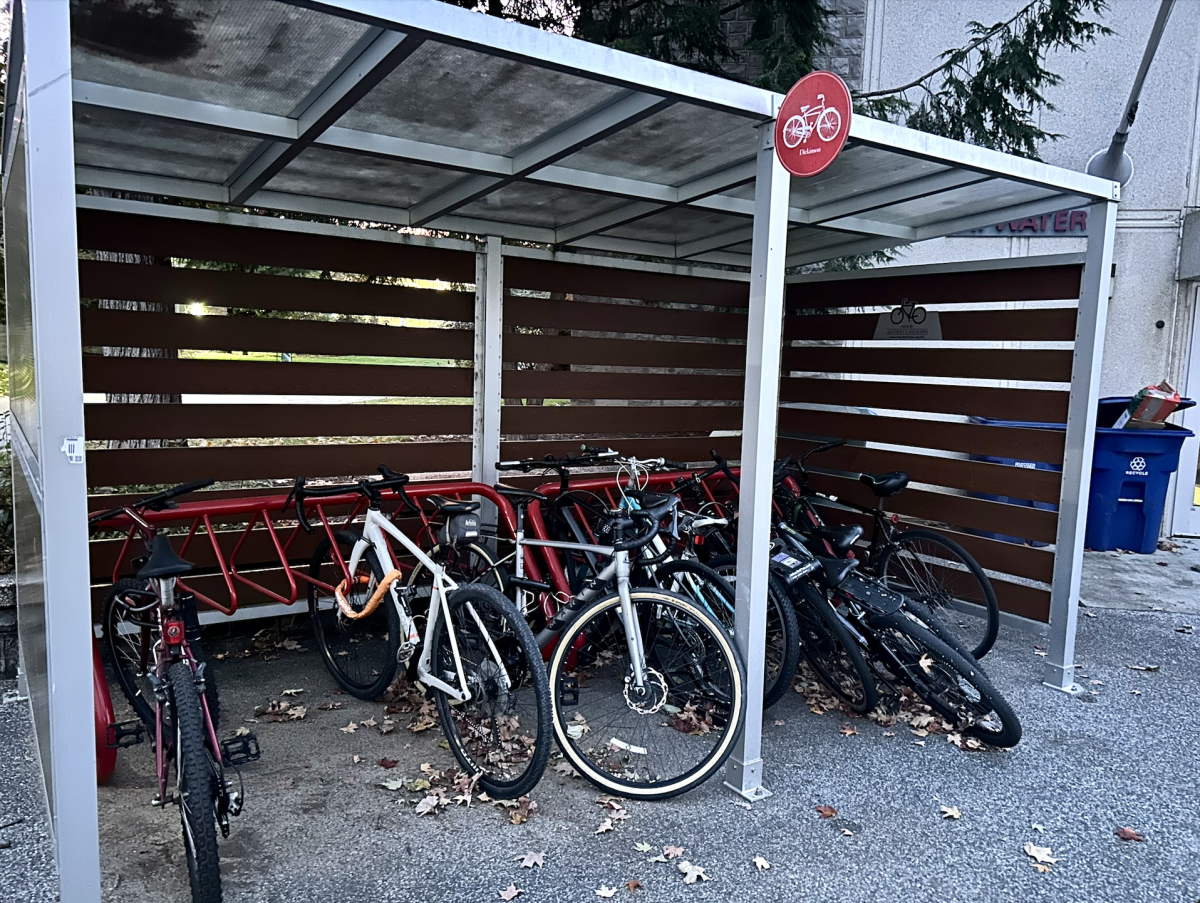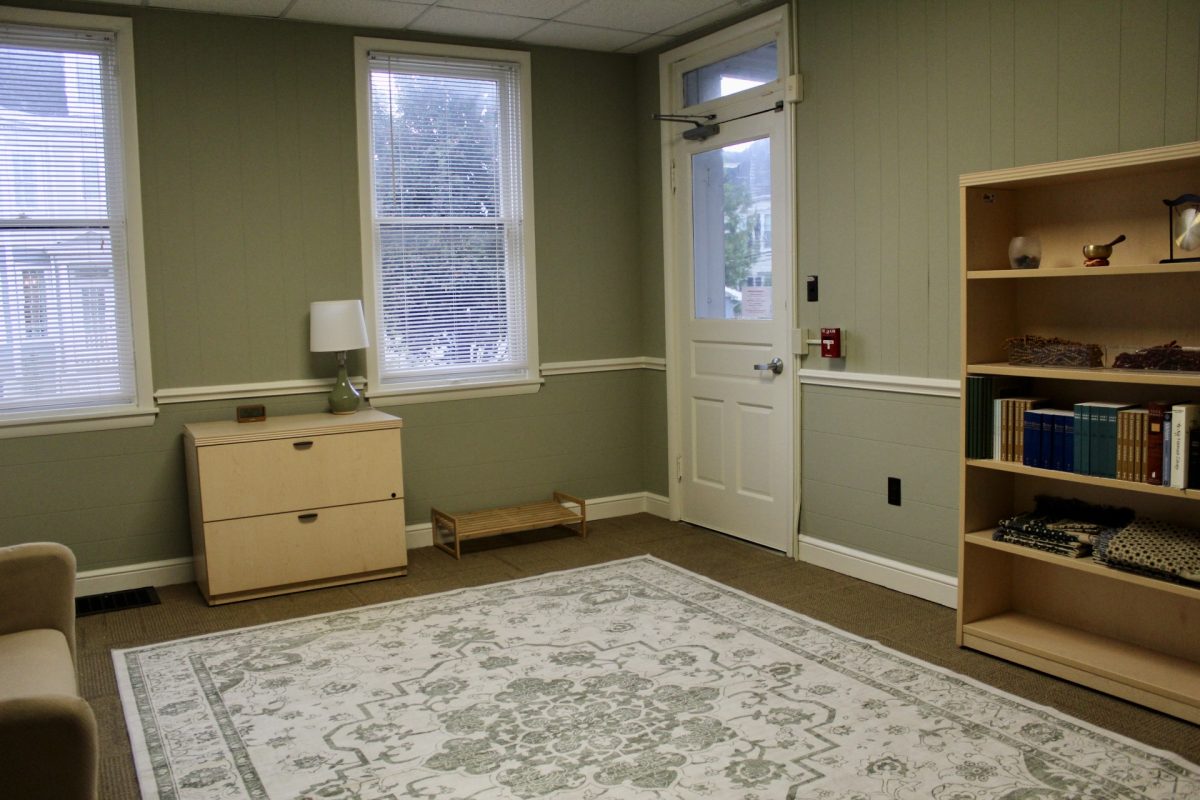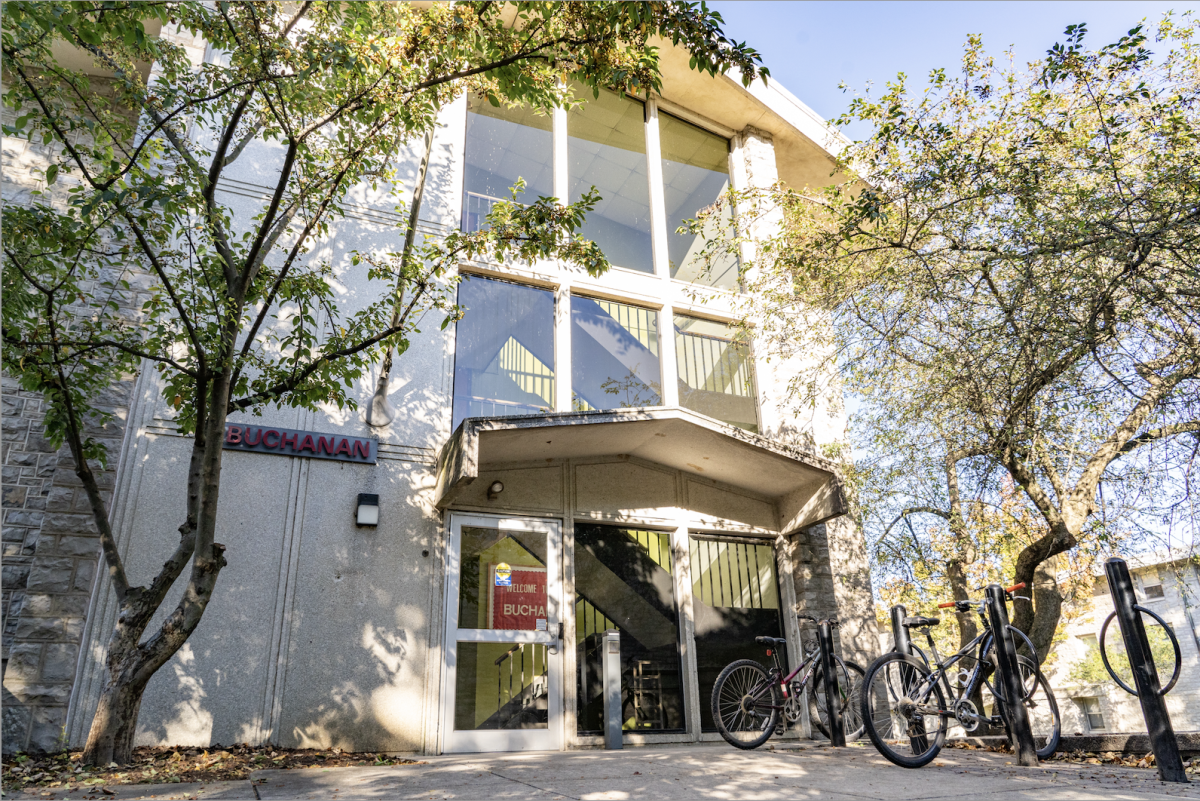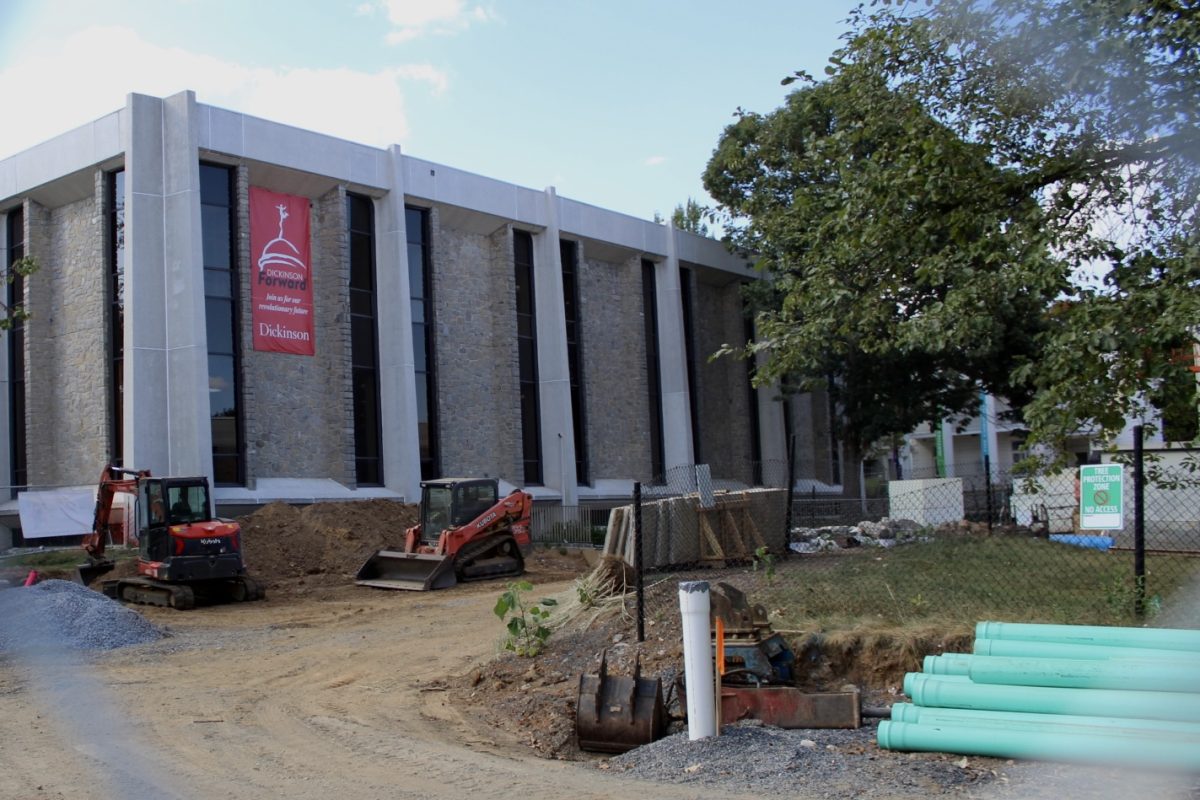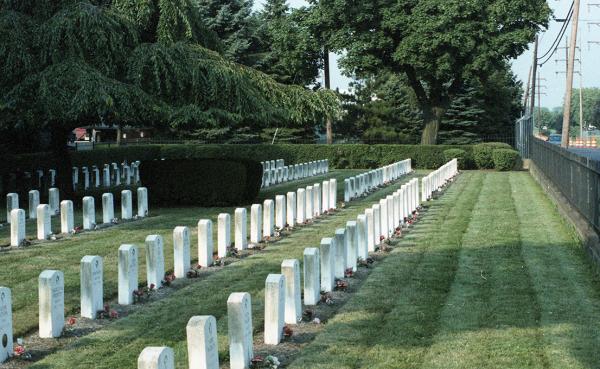Dickinson College and other institutions that receive federal funding must more closely examine the provenance of Native American artifacts in their collections and repatriate those deemed to be culturally significant to comply with new changes to the Native American Graves Protection and Repatriation Act (NAGPRA).
“This is far and away the most dramatic revision NAGPRA has ever gone under,” said Darren Lone Fight, Founding Director of Dickinson’s Center for the Future of Native Peoples (CFNP) and Assistant Professor of American Studies. The college will have a five year period to comply with the new policy.
Lone Fight, also a citizen of the Three Affiliated Tribes of North Dakota, said, “The new revisions are important. I see them as a positive step.”
The “fundamental point” of the revisions, said Lone Fight, is that they represent “a shift from prioritizing scholarly and academic forms of knowledge to tribal ways of knowing.”
“Any community should get to decide what is important to it,” he said, and tribal nations will now decide for themselves how to trace the lineage of objects, define funerary artifacts and determine which items fall under the category of “cultural patrimony.” Now, he said, “instead of somebody in a museum saying this is what it is, the culture gets to weigh in on it.”
For Lone Fight, the NAGPRA regulations combat a form of “embedded racism” that has long been baked into the museum collections institution. There is a “class of people for whom the robbing of graves was seen as science and legitimate,” he said. “For white or European people, that would not be permitted.”
Reneé Cramer, Provost and Dean of the College said, “Anything NAGPRA tells us to do, we will do.” Cramer told The Dickinsonian that the college is in the process of naming a director to succeed Lone Fight at the CFNP, who will be someone who we will immediately go to to help us interpret NAGPRA.”
Shannon Egan, who took over as Trout Gallery director earlier this year, said of the revised legislation: “I think it’s a good thing, because it strengthens our connection with Indigenous communities.”
She told The Dickinsonian, “There are objects in the collection that we are looking into.” The process of complying with the new revisions will start, for Egan, by “understanding what the updates mean for us and how we can be compliant.”
The Trout Gallery website currently lists 87 objects under the category of Native American art, including more than 30 19th-century artifacts of unknown provenance. Some are attributed to the Carlisle Indian Industrial School, which more than ten thousand Native American children attended during its 40 years of operation.
“The updated NAGPRA regulations are meant to speed up the process of repatriation,” said Assistant Professor of Anthropology and Archaeology Matthew Biwer. The new legislation requires that if a collection includes human remains, funerary objects, or items of cultural patrimony, he said, “the institution must contact potentially affiliated tribes, consult with the tribes to demonstrate cultural affiliation, and then create a repatriation agreement to return the objects.”
The revised law, however, also governs how institutions like Dickinson may interact with the objects in their collections. They must now also receive consent “regarding research decisions and display of sacred objects,” according to Biwer. “I think this might be one of the most impactful aspects of the updated law with regard [sic] to the Trout Gallery,” he said.
The new legislation will also affect other Carlisle institutions. The Army War College maintains possession of the Carlisle Indian School cemetery, where at least 180 students who died at the school were buried.
Lone Fight said the changes to NAGPRA may make it easier for tribal nations to reclaim students’ remains from the Department of Defense. “I think the U.S. Army is pretty ok with that,” he added.
In recent years, particularly under increased scrutiny by the Department of the Interior, led by Deb Haaland, whose great-grandfather was sent to the Carlisle Indian School as a young boy, repatriation efforts from the cemetery have been more successful.
Just this year, representatives from the Sisseton Wahpeton Oyate nation in South Dakota, led by state legislator and tribal historian Tamara St. John, reclaimed the remains of Amos La Framboise and Edward Upright, two young members of the nation that were taken to Carlisle in 1879.
La Framboise was the first student to die at Carlisle, just three weeks after he arrived from his home in South Dakota. Now, the remains of the two boys are interred on the Lake Traverse Reservation in northeast South Dakota, as reported by the Pennsylvania Capital-Star.
St. John and the Sisseton Wahpeton Oyate had to work for years to convince the Department of Defense to approve the boys’ disinterment, but Lone Fight hopes the updated NAGPRA legislation, with its increased focus on Indigenous forms of knowledge, will allow more nations to reclaim the ancestors they lost at Carlisle.
Both Biwer and Lone Fight predicted that the changes to NAGPRA would result in increased accountability for institutions with collections of Indigenous remains and artifacts, as well as boost repatriation efforts.
Lone Fight said, “There’s nothing wrong with compelling people to pursue a more just relationship to their collections.”



